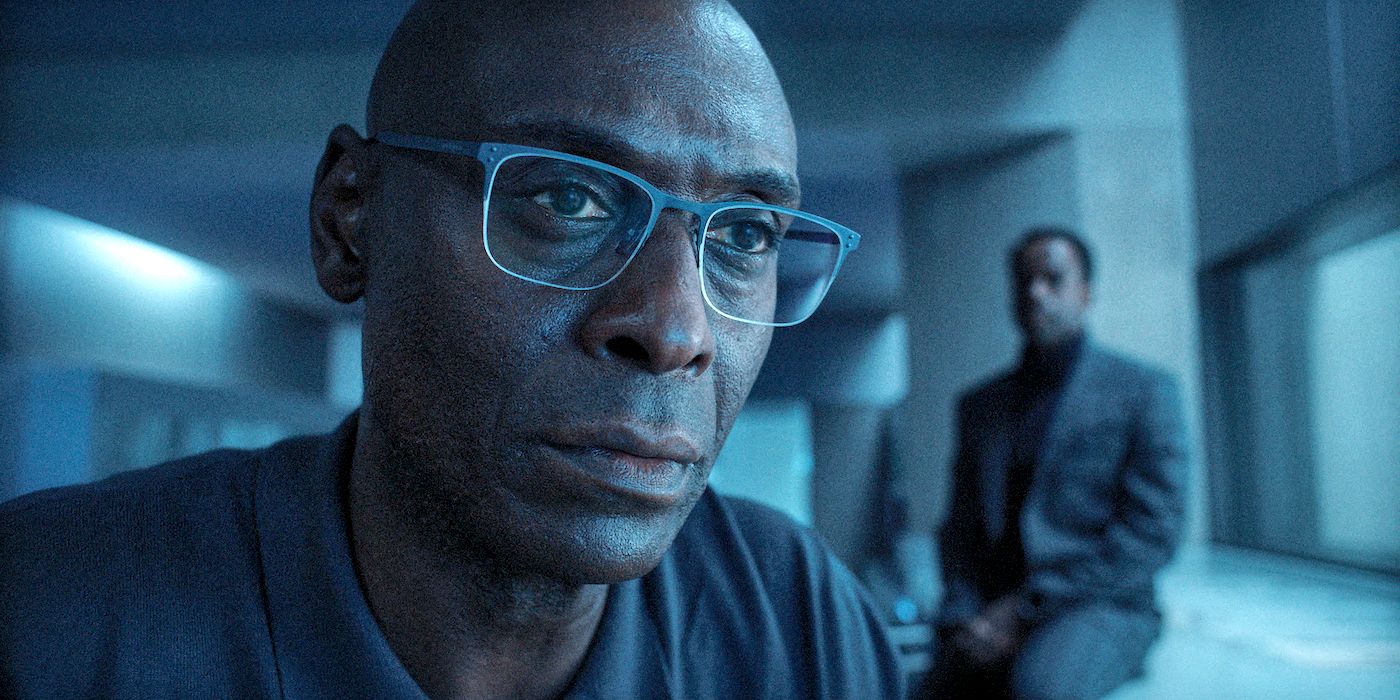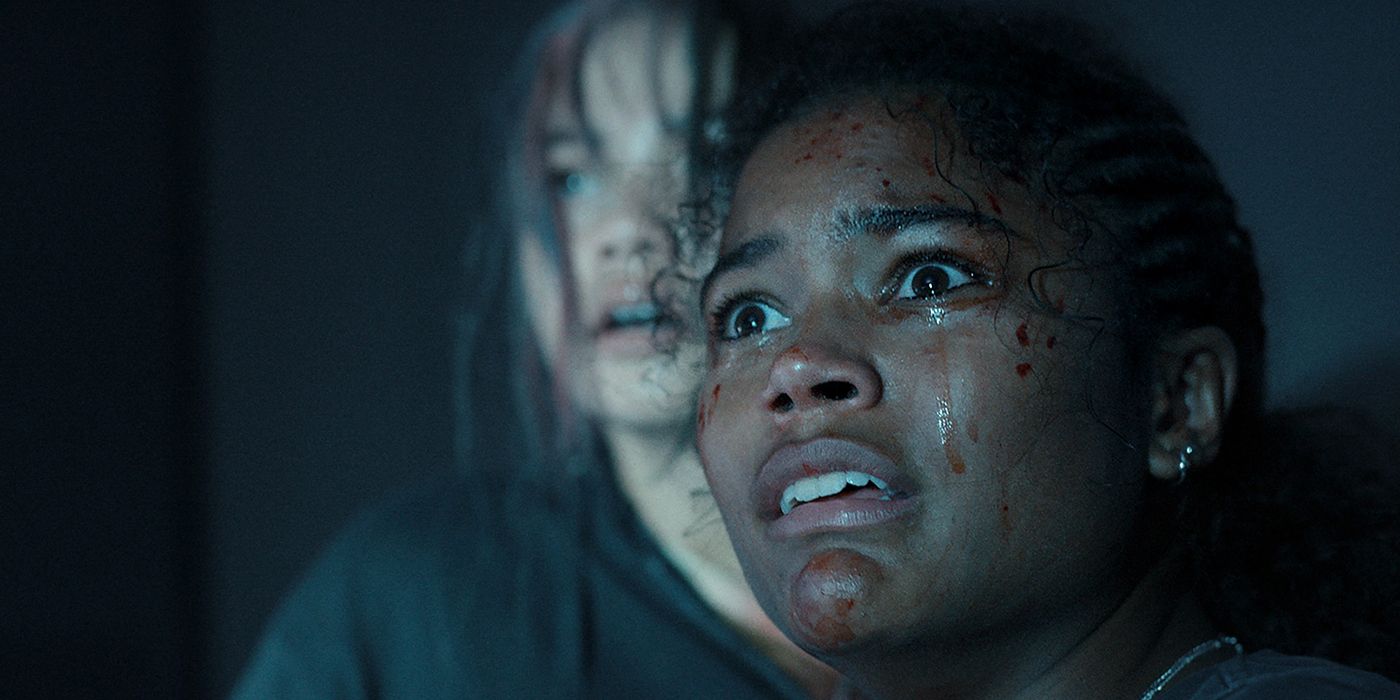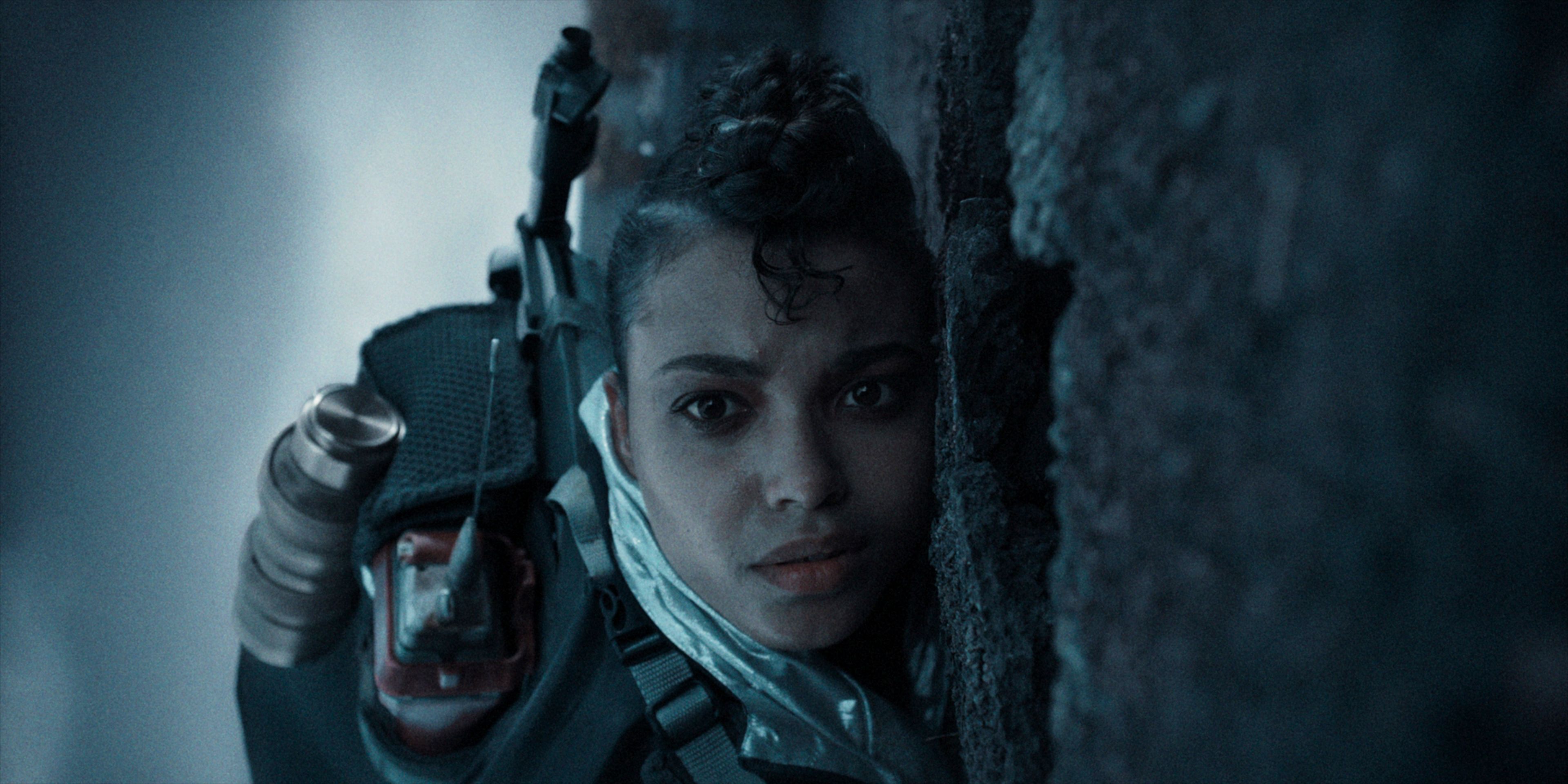Video game adaptations are notoriously hard to get right, but that hasn’t stopped Resident Evil from trying over and over again. Resident Evil has tried fairly direct adaptations of the source material (2021’s Resident Evil: Welcome to Raccoon City), an absurdly over-the-top action series that occasionally touches on the ideas, characters, and locations of the games (Milla Jovovich’s six-film Resident Evil movie series), and even tried bridging the gap between games (Netflix’s 2021 animated miniseries Resident Evil: Infinite Darkness). Yet no matter how many times Resident Evil is adapted into another medium, it lacks the suspense, mystery, and unsettling nature that made this series one of the most beloved video game series of all time. Yet in a franchise full of poor adaptations, Netflix’s new Resident Evil series might be the worst yet.
Resident Evil at least has a concept that stands out as an intriguing possibility, as the show is split between two different timelines. One story takes place in 2022 and follows Jade (Tamara Smart) and Billie Wesker (Siena Agudong), the 14-year-old daughters of Dr. Albert Wesker (Lance Reddick) as they move to a development known as New Raccoon City run by the Umbrella Corporation. The second story is set in 2036, as the world is overrun by zombies (known as “zeroes”), and adult Jade (Ella Balinska) is trying to find a solution to this problem, all while trying to escape the Umbrella Corporation and return to her family.
Netflix’s Resident Evil uses the games as its backstory, and for the most part, this works, even if it’s not utilized as much as it probably should be. The concept alone begs many questions for Resident Evil fans, such as “Wait, didn’t Wesker die in a volcano?,” “What the hell is New Raccoon City?,” and most importantly, “Who procreated with Albert Wesker?” Don’t worry, all these questions are answered in incredibly obvious ways, but not until the audience is asked to watch some of the most tedious and lifeless “drama” of the Wesker family and the increasingly moronic antics of Umbrella.
Resident Evil has ideas that have merit, but they’re handled in the most spiritless and mundane ways possible. The script sounds like it was put into Google Translate several times, then given to actors who have seemingly never heard the English language before. No one talks or acts like this, and even though the series does joke about the awkwardness of the “Master of Unlocking” line from the first Resident Evil game, it’s not quite as funny when you realize every line has this sort of clumsiness attached to it. Even the directing here is laughable, as the action sequences are sloppy and often too dark, and without any sense of tension whatsoever.
Resident Evil is also just packed with baffling choices and tonal shifts that come out of nowhere. Instead of primarily focusing on Wesker, Resident Evil centers mostly on the self-described asshole Jade—who is written to make this a valid criticism—and her sister Billie, as they deal with a zombie story the likes of which we’ve seen countless times. Meanwhile, the 2036 story is fragmented in a way to allow older Jade to run into new characters consistently that we never have enough time with before they’re unceremoniously devoured by “zeroes.” Without any existing interest in Resident Evil, it’s hard to imagine who would be drawn to this series.
Which begs the question: who is Resident Evil even for? For newcomers to the Resident Evil franchise, there are better entry points to this world, and far more interesting zombie/end-of-the-world shows to spend your time with. For existing fans of Resident Evil, this often feels like pandering, as the show will throw in the name of a secondary character here and there, mention a location that seems familiar, or throw in a typewriter for no reason as a way to get the viewer to wake up for a few seconds each episode. Sure, there are fun Easter eggs for those already invested in this universe, but Easter eggs do not a series make, and it’s certainly not enough to waste eight hours.
This is a shame, because it’s easy to see how the ideas within Resident Evil could’ve led to a fascinating adaptation of this universe. For example, Reddick is a fascinating choice as Wesker, and he does what he can, given the limitations of the scripts, but where this story takes him by the end of the series is unintentionally hilarious. Similarly, there are admirable attempts to bring the mystery aspect of the games into the series, as with the episode “Home Movies,” in which Jade and Billie search for clues about their father’s past throughout their house. While “Home Movies” might arguably be the best episode of the season, as it allows the show to calm down and spend time getting to know these characters, the show’s weaknesses have already done their damage.
Resident Evil as a universe has such a rich history, with decades worth of characters, stories, and mysteries to dive into. Netflix's Resident Evil does its best to integrate these into a more expansive series but flounders under poor execution, awkward performances, and fan service that rarely works. There's a great Resident Evil adaptation in here somewhere, but like the zeroes scattered throughout this show, Resident Evil mostly just bites.
Rating: D
Resident Evil comes to Netflix on July 15.



